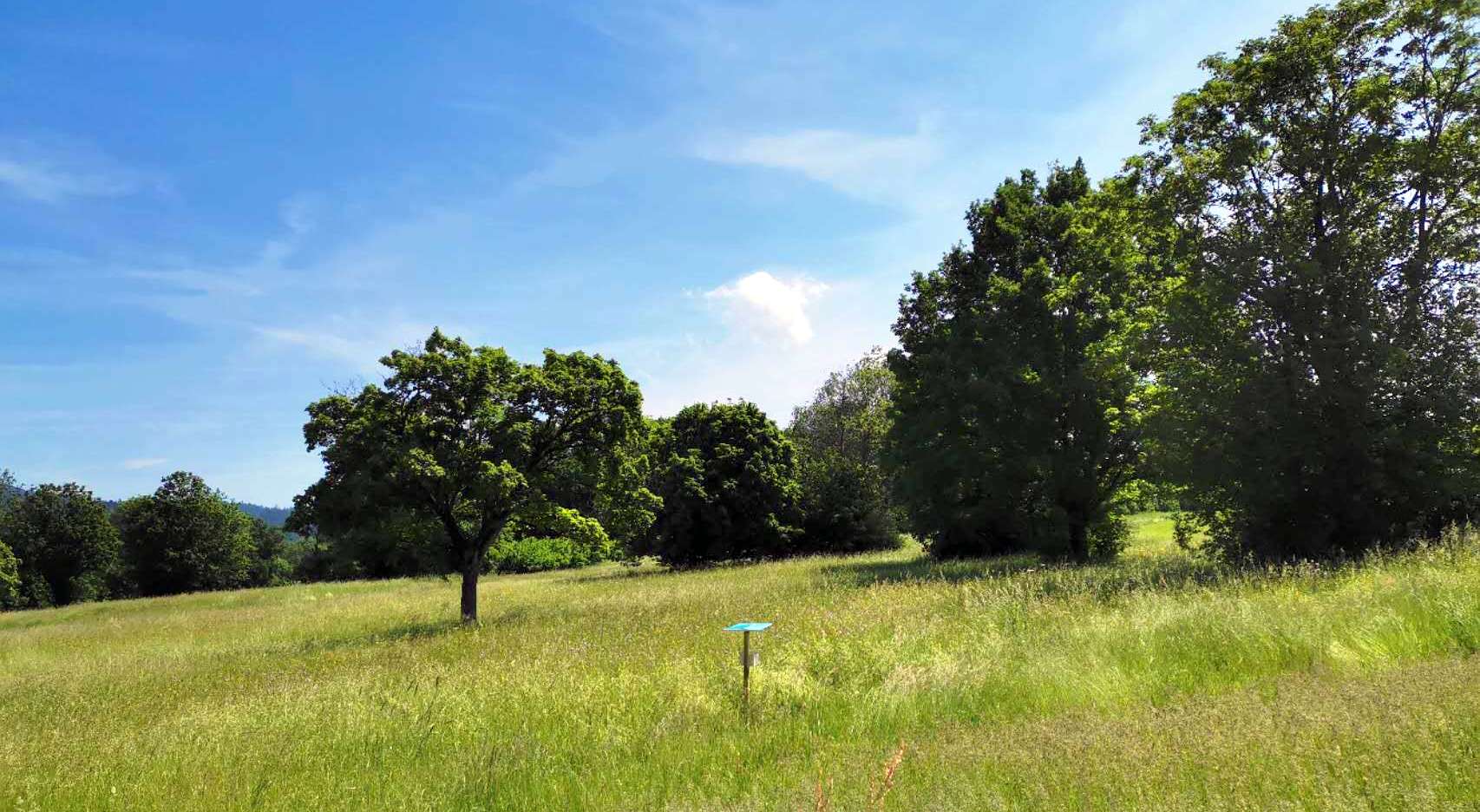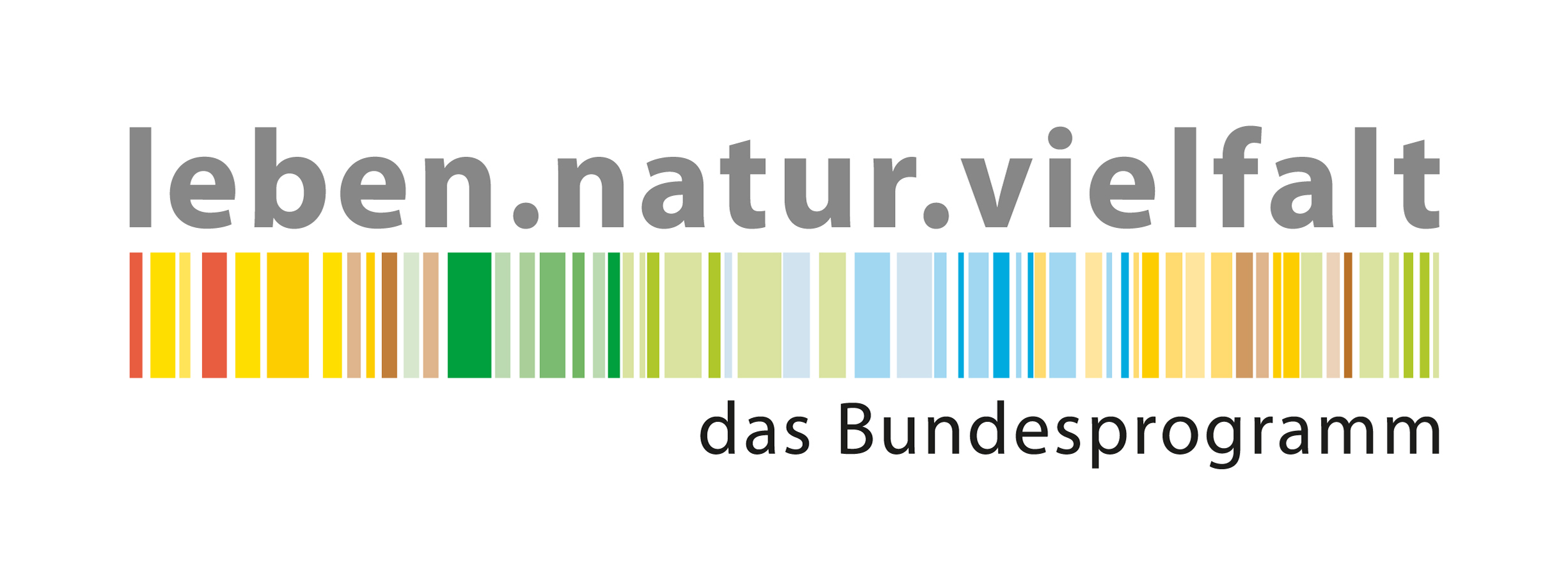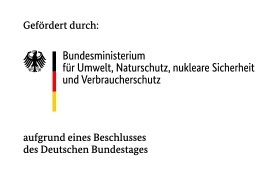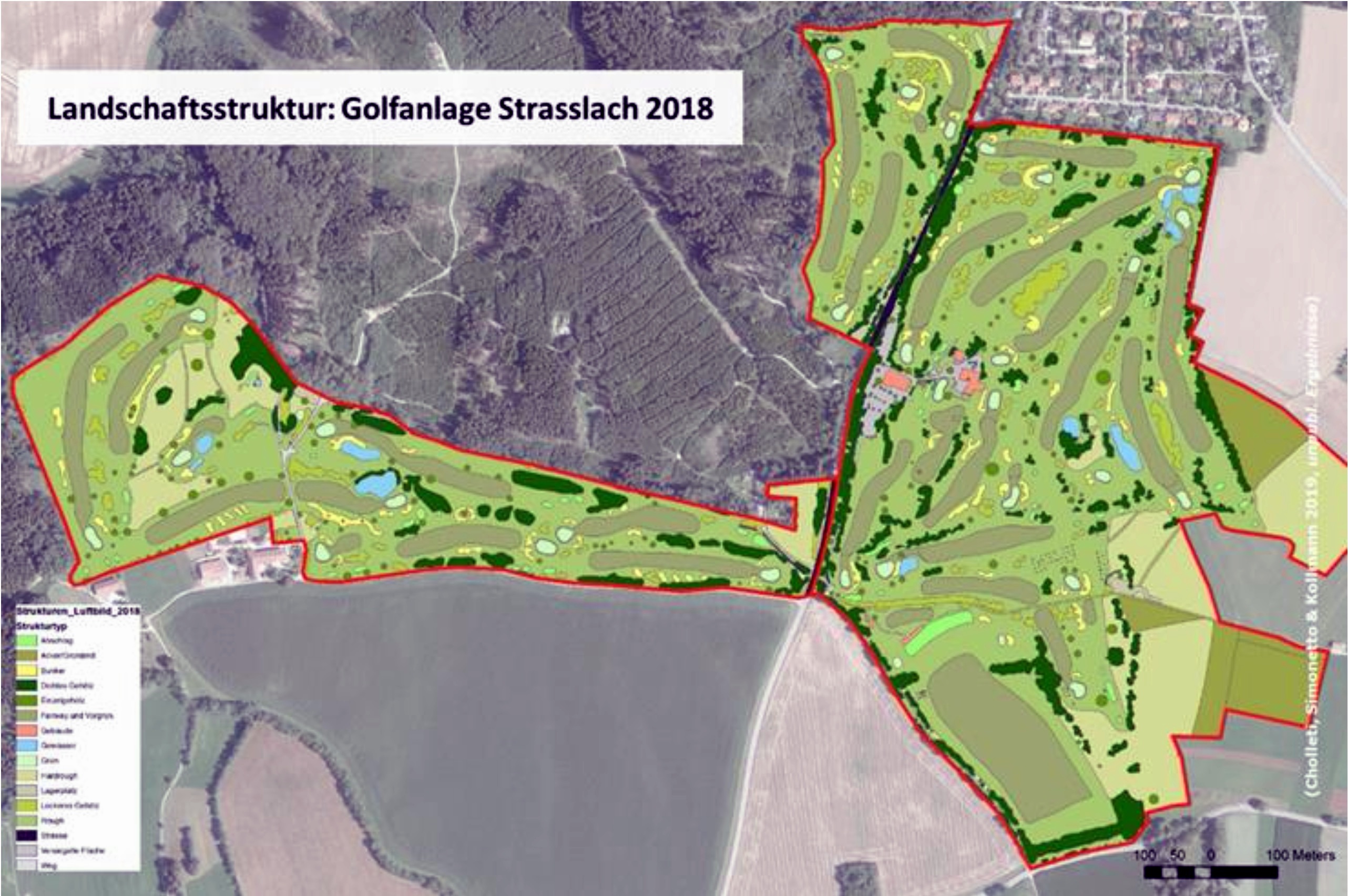GolfBiodivers
|
"GolfBiodivers"
Enhancement, monitoring and communication of biodiversity on golf courses
Subproject: Biodiversity analysis of upgraded golf courses
 | |||
Team: Prof. Dr. Alexandra Maria Klein Dr. Judith Trunschke MSc. Anna Klopstock | Duration: April 2023 - March 2029 | |||||||
Cooperation partner: Technical University of Munich Kiel University University of Münster Deutscher Golf Verband e. V., Wiesbaden | Funding: | |||||||
| ||||||||
This project is funded within the Federal Programme for Biological Diversity by the Federal Agency for Nature Conservation with resources from the Federal Ministry for the Environment, Nature Conservation, Nuclear Safety and Consumer Protection | ||||||||
| The project "GolfBiodivers" is funded within the Federal Programme for Biological Diversity by the Federal Agency for Nature Conservation with resources from the Federal Ministry for the Environment, Nature Conservation, Nuclear Safety and Consumer Protection. In this joint project, we are working together with partners from the universities of Kiel, Munich and Münster and the German Golf Association (DGV) on the ecological assessment and the upgrading of the biological diversity of golf courses. The main goal of the project is to permanently promote biodiversity by means of various landscape design measures. In order to concretely improve biodiversity on golf courses in Germany, we are planning a five-stage approach: (i) a landscape analysis of the biodiversity of 32 courses; (ii) the establishment of a combination of upgraded hay meadows, flower strips, borders and shrubbery on such sites; (iii) an investigation of the effects of the 'biodiversity enhancements measures” on locusts, butterflies, wild bees, birds and bats, by scientists and with the participation of golf club members; (iv) the implementation of the results in an upgrade plan for a further 32 golf courses; and (v) the training of golf course personnel; networking with other sports facilities, municipalities and associations; environmental education for school classes; and public relations work on biodiversity on golf courses.
The core of our sub-project is to analyze the planned biodiversity enhancement measures with regard to the biodiversity of upgraded golf courses in a before-after and a with-without comparison. We plan to implement this with the direct involvement of golf course users (civil-scientific approach) and with mapping by ecologists (scientific approach). Specifically, in the citizen-scientific approach, we will encourage and guide visitors to the golf courses with the help of images and freely accessible databases or apps to independently determine the species occurring on the golf courses and thereby record the prevailing diversity. The scientific approach is based on a standardized recording of wild bees, wasps, grasshoppers, butterflies, rams, birds, bats and the vegetation using suitable ecological methods such as the provisioning of nest boxes, scoring transects and noise recording with AudioMoth devices. Species and individual richness as well as relevant diversity indices are then calculated for all insect taxa, birds, bats and for the vegetation. Finally, all biodiversity data will be evaluated for the success of the upgrading measures and their feasibility on other golf courses in the future. In this way, we wish to show the potential of golf courses as a building block of the national biodiversity network and to effectively upgrade and integrate them. | ||||||
This website reflects the view and opinion of the grantee of the Federal Program on Biological Diversity and does not necessarily agree with the view of the grantor. |



